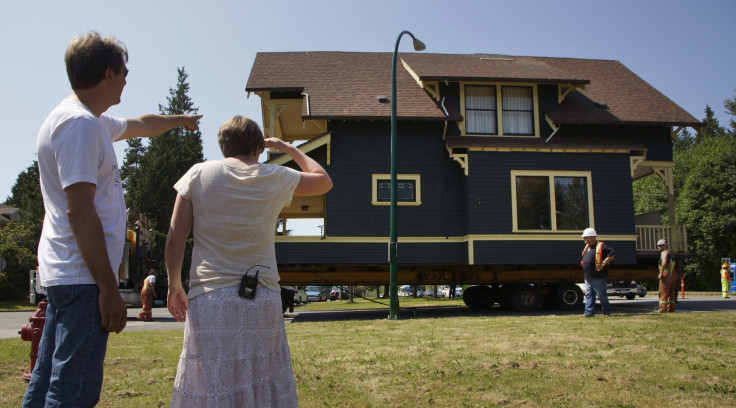Moving Into a New Neighborhood Could Improve Your Physical and Psychological Health

The Wire put inner-city Baltimore on the map in a way that it hadn't been before and Sabrina Oliver's neighborhood would have fit right into it.
Her neighborhood was so bad that she would come home and find drug dealers lounging on her front porch. Her daughter had severe asthma and Oliver herself was so depressed she could not work. Most of all, she worried about her son, fearing that the potential friends that he would make in the neighborhood would lead him to either a prison or a coffin.
Three years ago, through the Baltimore Housing Mobility program, Oliver was able to move her family to a more affluent community in the suburbs. Since then, her son's grades have improved, her daughter's asthma has all but disappeared and Oliver is working part-time while attending school to become a substance abuse counselor.
"You see families function in a normal way, where the parents go off to work, the kids go off to school," Oliver said. "I don't think that my children will be a recipient of social services because my life has changed drastically and they see the change in me."
The program that has made such a difference in Oliver's life was based on a federal program used in the 1990s. Called Moving to Opportunity, the experiment gave 2,000 low-income families vouchers in order to move to more economically mixed neighborhoods. The experimental group would move to towns where 33 percent of people lived in poverty; the remaining 2,600 stayed in towns where an average of 50 percent of people was poor. Researchers hoped that the move would allow families to become better educated, have improved job prospects and develop superior social networks.
The program didn't work as planned. Moving didn't increase their job status, wealth or education. And, for people who moved to less racially segregated neighborhoods, the move did not move the dial at all. But interestingly, for people who moved to less economically segregated neighborhoods, their health improved, both physically and psychologically. This difference indicated to researchers that the country is more economically, rather than racially, segregated in the years since desegregation in the 1970s.
The experimental group reported much lower rates of diabetes, obesity, anxiety and stress than their former neighbors. In terms of happiness, a 13 percent drop in poverty rates in their neighborhood corresponded to an increase in happiness that was the equivalent of a boost of $13,000 in annual income - not bad for a group that only makes, on average, $20,000 a year.
Researchers from Harvard and the University of Chicago believe that the reason that the Moving to Opportunity program did not work as planned (or even like the program that Sabrina Oliver used) was that the housing vouchers provided were not large enough for families to move to communities with better school districts. Oliver's program, for example, allowed her to move out of Baltimore County altogether. They also say that other programs, like job training, have been able to improve people's earning potential.
"Success at getting a better job really isn't about exactly where you live," Lawrence Katz, a study author, said.
The study was published in Science.



























